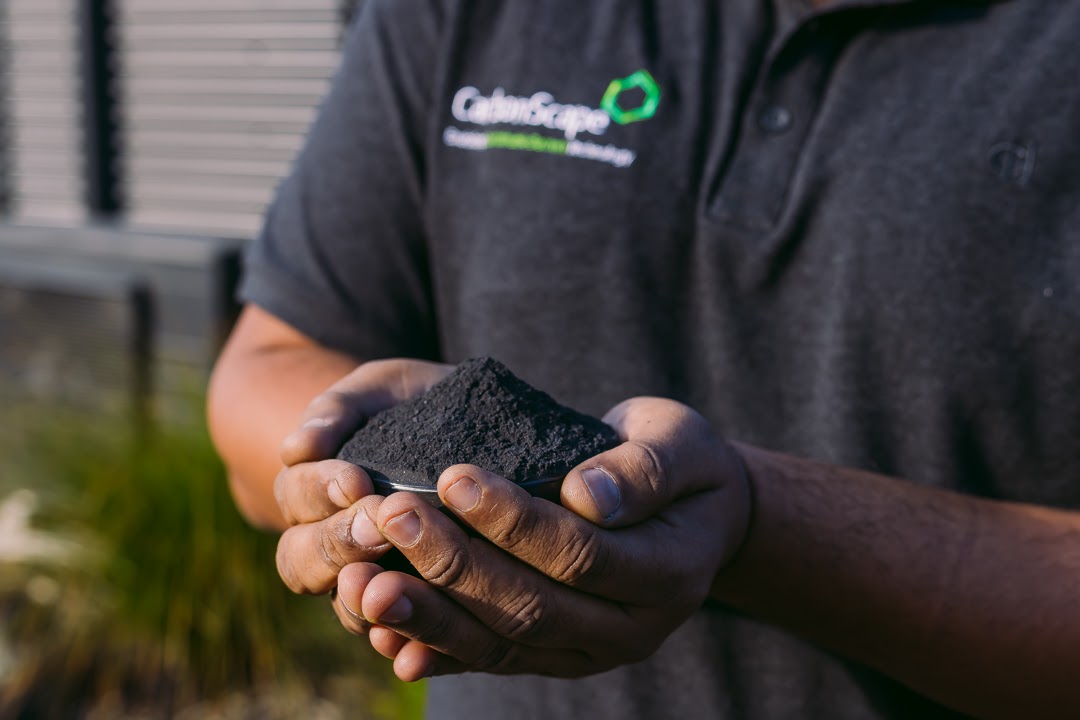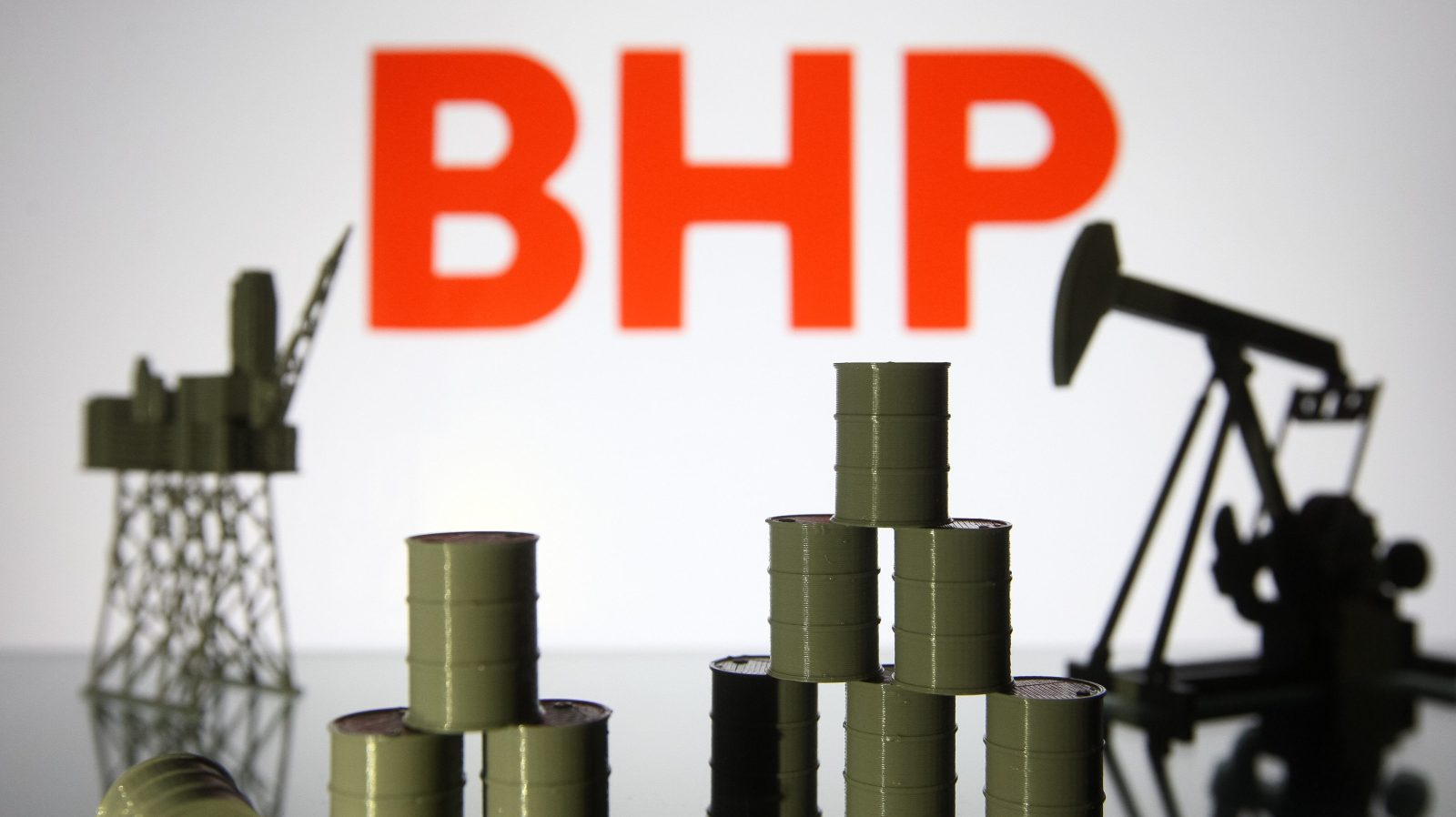How Australia is undermining China’s monopoly on the minerals that will be crucial for energy transition.
When Luca Giacovazzi explains why rare earths are so important to the future of the planet, he likes to bring up the small electric motors that push water through heating radiators. “Not that long ago, the EU legislated that these pumps had to be more efficient, and the most efficient pump out there was one that used a rare earth magnet instead of a normal magnet,” explains the CEO of Andrew and Nicola Forrest’s private green investment company Wyloo Metals.
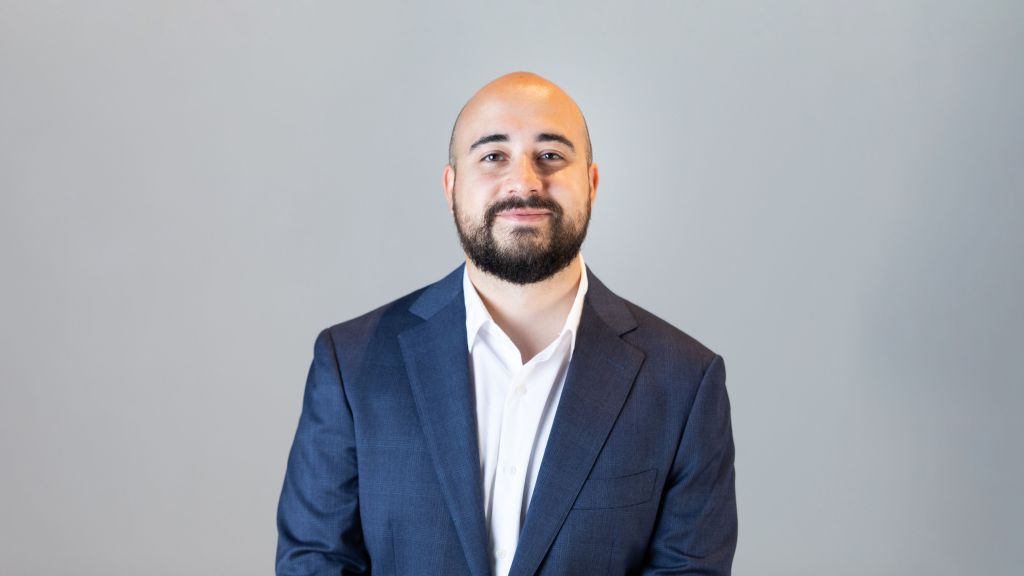
That legislative prompt resulted in something like a 20% efficiency gain across millions of homes, he says, or the equivalent of removing two coal-fired-power-stations from the European grid. “For me, it’s the closest thing to magic that we are ever going to get. It’s this amazing little natural element that’s got these incredible properties that allow us to do everything better. It’ll make a Tesla 20% more efficient, which means you can make a battery 20% smaller (and therefore cheaper) or you can increase your [driving] range by 20%.”
However, the world isn’t producing enough of this magical element to build a decarbonised future fast enough to reach climate change goals. For example, when American giant GE Renewables announced in July that it had struck a deal with Australian miner Arafura Resources – which is still a year or two from extracting any rare earths from its planned mine and processing facility north of Alice Springs – it was estimated the company would need 7.2 tonnes of rare earth magnets for every one of its giant 12-megawatt offshore wind turbines.
Then there is the demand from electric cars, most of which need about 2kg of rare earth magnets.
The next decade is predicted to see a seven-fold increase in production of electric vehicles and an eight-fold increase in offshore wind turbines.
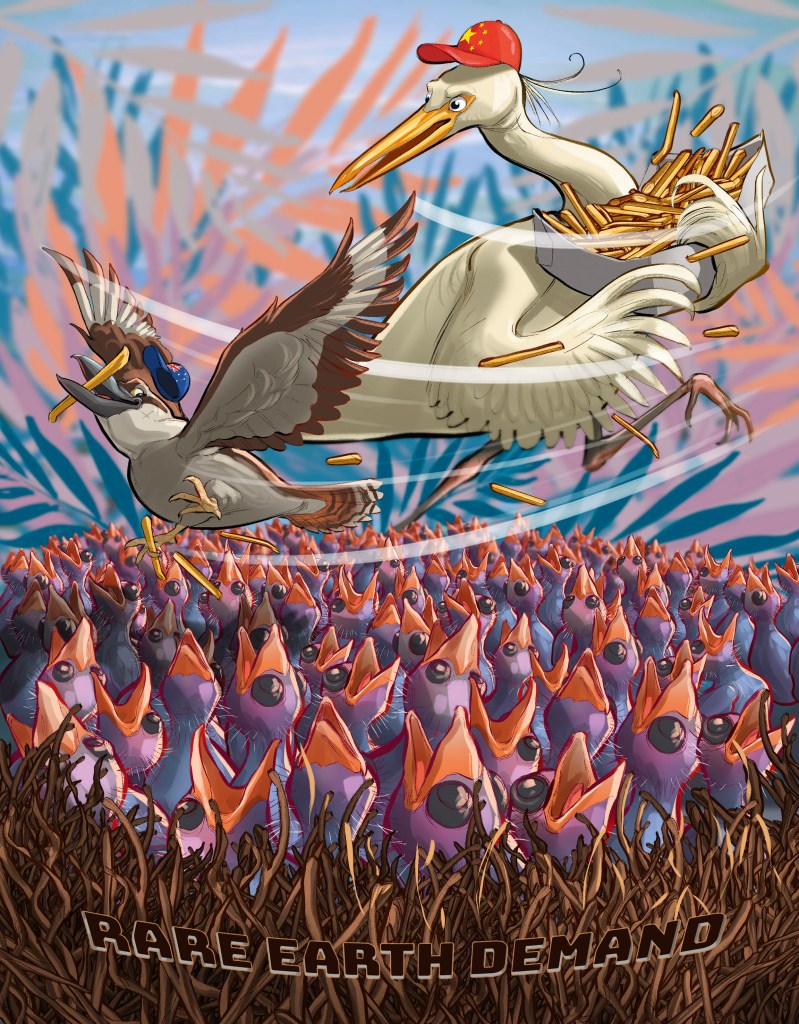
“If you look at the demand profile for electric vehicles, air conditioning, wind turbines, large transportation, there’s just not enough [rare earth] mines coming online,” says Russell Bradford, interim chief executive of ASX listed Vital Minerals. His view is shared by all the company chiefs interviewed for this story. “It’s not just rare earths,” says Bradford.
“It’s copper, nickel, it’s everything. It’s fine for politicians to say we’re going to do x, y and z but they’ve got to realise there’s a requirement that these deposits get found and developed. If you drill a hole and find something today, it’s going to take you seven to 10 years to get that mine running. So, if you want to decarbonise by 2030, like the European countries are saying, well, good luck, because it’s not going to happen.”
And while there isn’t enough of these minerals being mined in absolute terms, there’s also the matter of who controls them. Until a few years ago, China processed nearly 100% of the world’s rare earths. But in the last decade Australia has chipped that back to 90%, thanks to one very large mine, and it has its eye on much more of the market.
It’s not surprising the Forrests have jumped into this space. Giacovazzi closed Wyloo’s first rare earths deal in September, providing $150 million to Australian miner Hastings Technology Metals. Hastings used the money to buy a 22% stake in rare earth magnet processor Neo Performance Materials. When Hastings’ mine and processing plant start producing in the next few years (supplying a forecast 8% of the world’s needs) it will have a hand in the entire process, from mine to magnet.
“It’ll be the only company in the world where you can get that type of exposure,” Giacovazzi says.
Rare earth elements were first identified in 1788 but it took 100 years for a use to be found for them – as mantles in gas streetlights. Billions were manufactured. The chemist who invented that, Carl Auer von Welsbach, also produced an alloy of rare earths and iron that sparked when struck. Think pocket lighters and early car ignitions.
There are 17 rare earth elements. In the early days, most of them came from India, Brazil and North Carolina. They were used in electronics, optics and as catalysts in chemical reactions. Then it was discovered that europium phosphors made the red brighter in colour televisions. A large mine and processing plant at Mountain Pass, California, came to dominate world production until the early 90s when low levels of radioactive wastewater were found leaking from its pipes. With prices low, the owner shut the plant down rather than modernise.
China, meanwhile, had increased its production by 40% a year since the Chinese leader, Deng Xiaoping, had declared in 1978: “Saudi Arabia has oil, China has rare earths.” By 2010, China processed 97% of the world’s rare earths, pumping them out cheaply with little concern for the wastes flooding rivers and lakes with radioactive material and fluoride, which can cause bone disease.
The low price allowed nickel–metal hydride batteries to become ubiquitous in power tools until they were recently superseded by lithium batteries.
Now, there are four elements that dominate the world’s hunger for rare earths – neodymium, praseodymium, dysprosium and terbium – all used in powerful permanent magnets.
Rare, not rare
The thing about rare earths is they are not that rare. There are more of them in the earth’s crust than gold, silver or lead. But purifying them is difficult because they are tightly bound with other elements in varying ratios. “It’s as much a chemical industry as it is a mining industry,” says veteran of the Australian rare earths sector, Nick Curtis.
Curtis travelled to China in 1978 to undertake a PhD on medieval Chinese art and returned in 1993 as an alumnus of Macquarie Bank and a student of arbitrage looking for opportunities in mining. He achieved the extraordinary feat of creating Sino Gold Ltd, a Chinese miner that listed on the ASX in 2000. In the late 90s, he learnt about rare earths and China’s monopoly of the market from his Chinese colleague Harry Wong.
“The dominance of China seemed to be unsustainable,” recalls Curtis. “So, we looked around for the best possible asset we could build a business on, and we stumbled across Lynas, which was Lynas Gold at the time, where a guy called Les Emery had done a deal with Rio for an option to buy the Mt Weld [rare earth] deposit [in Western Australia]. Rio didn’t see a long-term future for this asset.” As it turned out, Forrest was also interested in Lynas Gold, but Curtis beat him to it.
“I did him a favour because he went on to look at other things,” Curtis jokes. Curtis bought out Anaconda Nickel’s $5-million stake and stripped Lynas back to a pure rare-earths play with “a big patch of dirt up past Leonora”.
Curtis needed to tell the world why rare earths were important. He was “doing pitch after pitch. Wearing out the shoe leather, trying to figure out how we’d build it”. Plan A was to ship a muddy slurry of concentrate off to China for it to do the processing, but in 2004, China announced an export ban on rare earths. This meant that if Lynas sent its slurry to China, it couldn’t on-sell it outside China.
“It didn’t make sense as a business model anymore,” says Curtis. “We were stuck. ‘What are we going to do?’ We took the rather bold decision to build a fully integrated circuit right down to downstream rare earths. We weren’t a big company, so it was well above our market cap.”
China to the rescue
A Chinese company was going to take a controlling stake but was blocked by the Foreign Investment Review Board. “They told the Chinese party they could only have 49%, not 51%, and the Chinese party walked away.”
Stubbornness and the idea that the market would soon explode kept Curtis and his team in the game. “You keep going. You keep pulling the string.” Lynas needed a plan C. It needed capital. Ironically, it was China which came to the rescue when, in 2011, it stopped exporting rare earths to Japan.
“The Japanese market panicked, and the price went from $3 a kilo to about $200 a kilo in about six months,” recalls Curtis. Lynas was suddenly looking very attractive and raised enough money to build a processing plant in Malaysia. The plant quickly sputtered into life with numerous teething problems just in time to see the price crash after Japan had built a stockpile.
Some commentators have suggested China might have played a role in the price crash. It certainly worked in China’s favour. An old mine at Mountain Pass, California, had also come back to life, but was hit hard by the price crash and would go bankrupt and cease production in 2015. Lynas, too, was sinking. Curtis was replaced by Amanda Lacaze who steadied the ship, with a lot of bailing from Japan Oil, Gas and Metals National Corp, which recognised the importance of a China-free supply chain. Lacaze has since turned Lynas into the world’s second largest supplier, behind China, of separated rare earth materials.
As testimony to its importance, Lynas did a US$120 million ($190 million) deal with the Pentagon in June to build a separation plant in Texas, using Western Australian rare earths, to reduce reliance on China.
World’s richest deposit a waste dump
China’s market dominance is expected to decline further by 2025 when a projected nine per cent of world supply starts coming out of an old waste pile north of Perth.
Iluka Resources has been around for about 70 years digging up sand and extracting the minerals, in the process becoming the world’s largest miner of zircon and rutile. As part of that process, it has also been digging up the rare-earth-containing minerals monazite and xenotime. Those by-product minerals used to be sold to France for processing but when France dropped out of the industry in the early 1990s, Iluka found itself with a big, sandy pile of unsellable rare earths.
Most Australian sand miners in the same position decided to mix the valueless minerals back in with their tailings, but someone at Iluka – and there are a few executives there now who would like to shake their hand – decided to stockpile the material in a disused sand mine at Eneabba, 270km north of Perth. Thirty years later, the sandhill they built is a million tonnes of the highest-grade rare-earth deposit in the world, valued at about $1 billion.
As the price for rare earths started to stabilise around 2016, Iluka considered the low-risk, low-cost option of selling a concentrate overseas. But it also had another project on the books in the Wimmera in western Victoria – a multi-decade resource of rare earths and zircon. The miner developed a plan to build a “cracking and leaching” plant at Wimmera to take the raw product halfway through the refining process to what’s called a rare earth carbonate.
By the start of 2020, however, the federal government was getting interested in rare earths’ strategic importance and approached Iluka about taking the refinement one step further, to produce a rare earth oxide, the same as Lynas was doing in Malaysia. The government wanted it done in Australia. And soon. Iluka realised the fastest route would be to build a plant next to its billion-dollar stockpile at Eneabba, which had enough to feed the plant for a decade.
After two and a half years of discussions, the Morrison government committed to lend $1.2 billion to the project as part of Australia’s critical minerals strategy. Iluka injected $200 million. With a forecast completion date of 2025, Eneabba will be able to process all four of the rare earths needed for magnets. Feedstock will also be bought from other Australian miners. “We’ll start to get an industry going,” said one insider. “An ecosystem.”
“I couldn’t help myself.”
Former Lynas chief Nick Curtis on why he got back into rare earths
Goldminer Alkane Resources poked around its patch of dirt near Dubbo in central western NSW and found a rich patch of rare earths, plus what we now call “critical minerals” – zirconium, hafnium and niobium. Alkane tried to develop the patch for years but couldn’t get traction on the lode, says Australian Strategic Minerals (ASM) chief executive Rowena Smith.
The market wasn’t placing any value on the rare earths and only saw this strike as useful for its zirconium, which has similar properties to titanium. However, following the 2012 spike in rare earth prices, Alkane predicted South Korea might, like Japan, want to detach itself from Chinese dependence. The miner started cultivating relationships and working with a South Korean university to develop ways to turn its minerals into metals without all the downstream pollution that make these operations unpopular in democracies.
They succeeded, but the gold miner still couldn’t get the market to recognise the value of the resource it was sitting on. So, in 2020, Alkane spun out a new company – ASM – as an exclusive rare earths/critical minerals play. It set out to process four rare earths through to oxides at a plant in Dubbo and build a plant in South Korea to take it through to metals and alloys.
Their timing was good. The Covid-19 pandemic and a truculent China exposed the limitations of the world’s supply chains. Investors saw the light and ASM’s share price increased 10-fold, valuing the company at about $1 billion by October 2021. The share price has since fallen seven-fold, but in that time, ASM has built its refinery in South Korea, and in September it exported its first neodymium and praseodymium metal product (using raw materials sourced from China) while it works on getting the $1.6 billion needed to finish the Dubbo mine and processing plant.
“We’re positioned incredibly well because we’ve been doing that work all of that time,” says Smith via Zoom from South Korea where she’s been spending a lot of time since taking the reins of the company in July. Every rare-earth deposit has a different combination of minerals, all tightly bound together, and there is no off-the-shelf way of separating them. “Each business has to do that development work themselves,” says Smith. “It’s a 10-year process to develop your flow sheet (the mine-to-metal process) for a rare-earth deposit.”
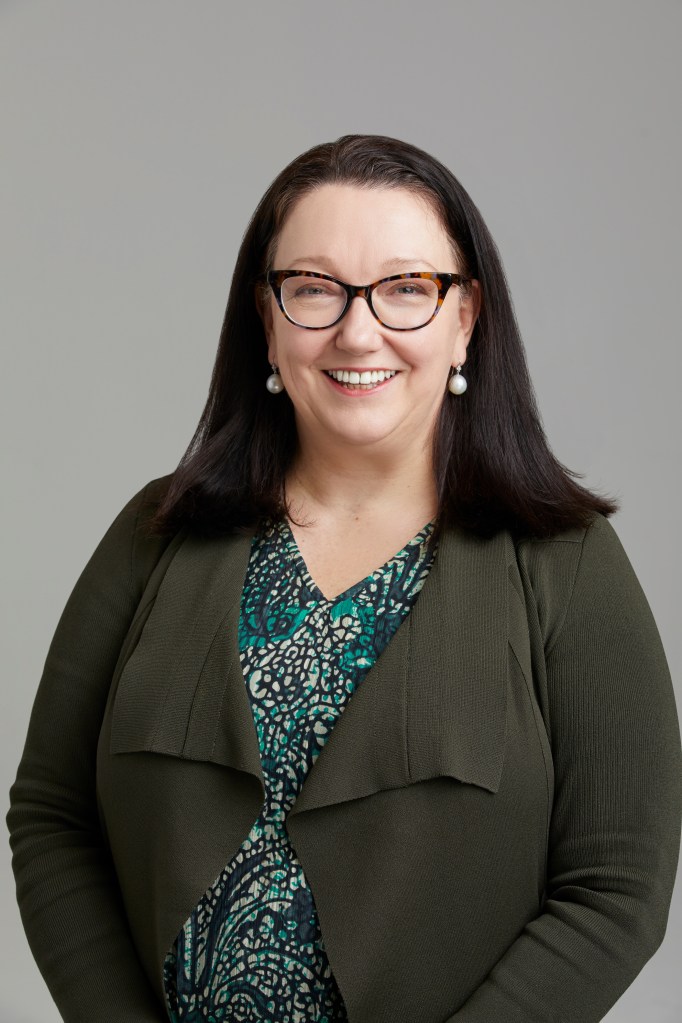
“It’s a big number, you know, it’s $1.6 billion,” says Smith “We’ve got a lot of support from government both in Australia and in Korea and a lot of interest in Korea. And that’s why I’m up here in Korea at the moment because the most important thing for us is to secure a really strong strategic relationship or a strategic partner.”
For his part, Nick Curtis is back in the game that spat him out almost a decade ago, still looking for those undervalued assets. “I couldn’t help myself,” he says. He is chairman of Northern Minerals which has a pilot project at Browns Range on the edge of the Tanami desert in the north of West Australia. “Browns Range has two very obscure little metals, dysprosium and terbium … The magnet on your fridge is the same temperature all the time, but one that drives missiles has to be able to operate at the same intensity across a wide range of temperatures. For that you need dysprosium and terbium … We’re intrigued because we’ve got the only non-China source of them. That’s why I’ve got back into this one.”
He says the market still doesn’t get it. The share prices of most of these Australian rare earth plays have tended to track the broader market rather than any critical future demand.
ASM’s Rowena Smith – who watched her company’s stocks fall seven-fold while building a production facility in 14 months, go to whoa – is bewildered. “The dizziness of the share price doesn’t make sense to me, and whatever is happening to it, it’s not happening based on any of the fundamentals of business. The market is still finding it difficult to understand rare earths … It’s a lot of big words. It’s praseodymium and dysprosium and blah, blah, blah. And, you know, the markets are opaque, they’re emerging. It’s much harder to get a handle on what the future is going to be.”

